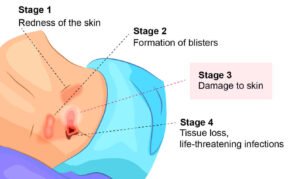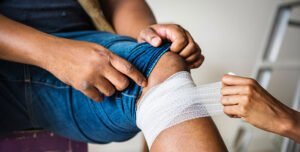
What is Vacuum Assisted Closure (Vac) in Relationship to Wound Management? Explain its Mechanism of Action, Physiology, how it was Discovered, how Long it has been Around, etc
Daniel Davidson, MD, MBA, DBA, PHD Introduction: Vacuum Assisted Closure (VAC) is a cutting-edge procedure that provides an intricate and potent means of accelerating the healing of wounds. This article






